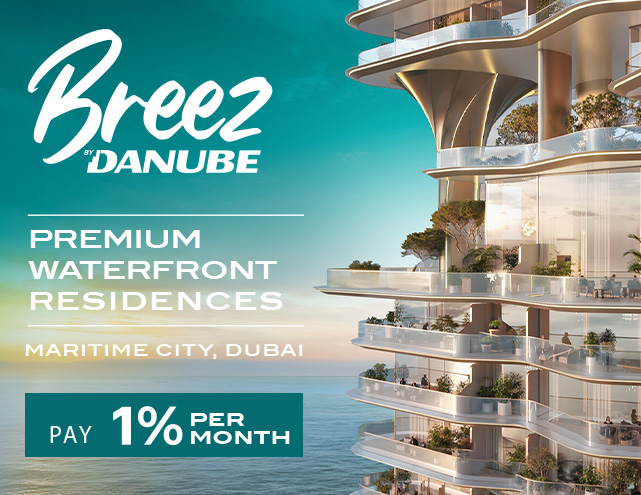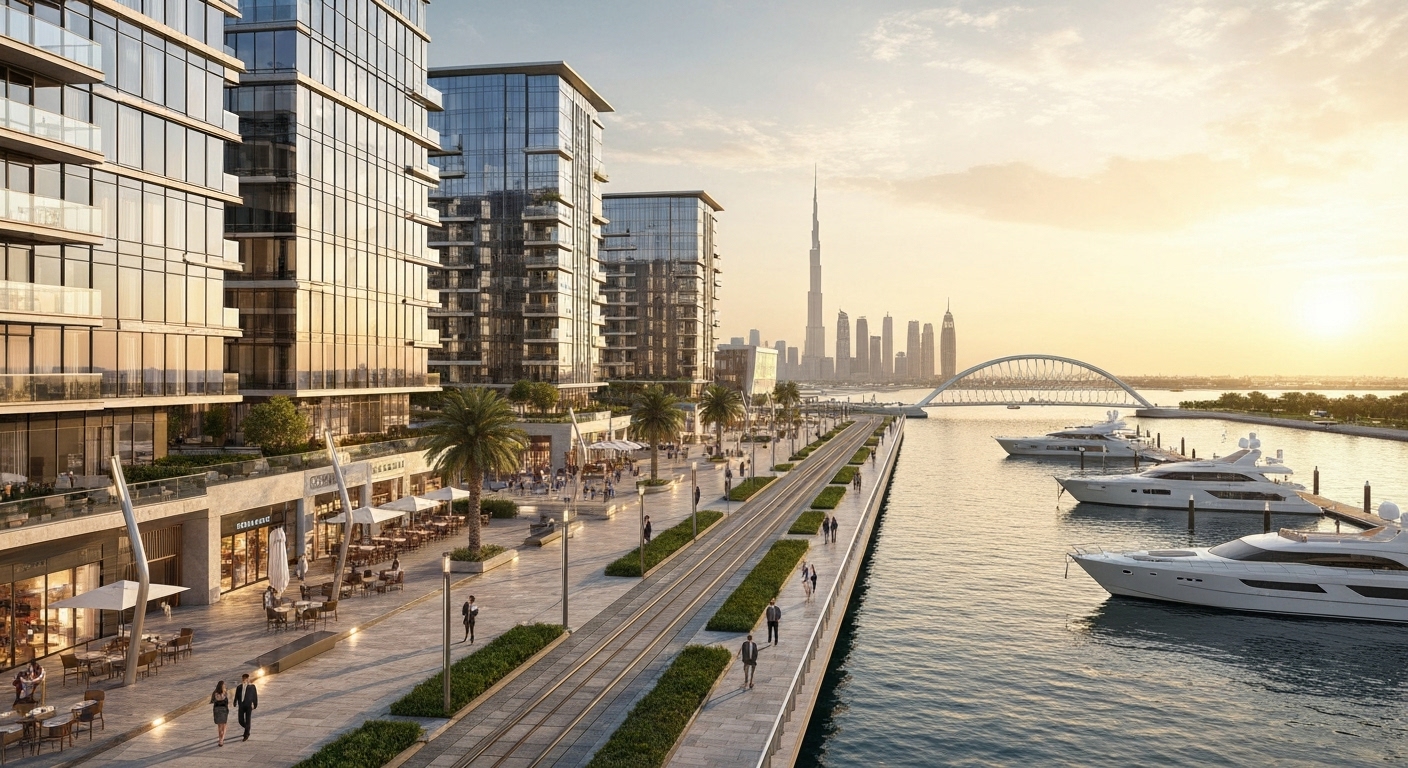In a global landscape where high-net-worth individuals, institutional investors, and astute real estate professionals seek not just value retention but lucrative growth, the question of “where next” for luxury property investment remains ever pertinent. Rental yields, as a critical benchmark, shape these decisions especially in markets promising both capital appreciation and robust annual returns. How does Dubai, renowned for its architectural marvels and progressive policies, stack up against legacy luxury hubs like London, New York, Singapore, and Paris?
This analysis offers an in-depth, data-driven exploration of rental yields within Dubai’s luxury real estate market, providing sophisticated investors with the insight required to make informed, high-return decisions.
Understanding Rental Yields in Luxury Real Estate: Key Metrics and Calculations
Rental yield, in simple terms, is the annual rental income generated by a property, expressed as a percentage of its purchase price. It is a crucial metric for investors to assess the earning potential of real estate, especially in the luxury segment where capital values are substantial. Typically, gross rental yield is calculated as:
Gross Rental Yield = (Annual Rental Income ÷ Property Purchase Price) × 100%
Net yields a more precise metric account for expenses such as service charges, maintenance, property management, and taxes. In luxury real estate, these costs can be significant, making accurate calculations vital for genuine comparative analysis.
Dubai’s Dominance: Unpacking the High Rental Yields in Dubai Luxury Properties
According to the 2025 Dubai Luxury Real Estate Market Report by AYS Developers, rental yields in Dubai’s luxury segment typically range from 6% to 12% depending on location, property type, and amenities. This is especially pronounced in branded residences, waterfront developments, and premium apartment complexes, where supply remains tightly controlled and demand robust.
What sets Dubai apart is not just the attractive yields but the resilience and transparency of its market. The RERA, DLD, and escrow account structures enforce stringent compliance, protecting investors and ensuring high standards across both resale and off-plan opportunities.
Global Luxury Hubs: Rental Yield Comparisons (London, New York, Singapore, Paris, etc.)
For discerning investors regularly benchmarking international markets, here’s a concise comparison:
City Typical Rental Yield (%)
Dubai 6 – 10 (up to 12 in some cases)
London 2.5 – 4.5
New York 2 – 4
Singapore 3 – 4.5
Paris 2 – 3.5
Portugal (Lisbon) 3 – 5
While global hotspots like London and New York offer stability, their rental yields often languish in the 2% to 5% range, a reflection of high capital values and heavily regulated tenancy frameworks. Dubai’s average yield of around 7% significantly exceeds London (2.4%) and New York (4.2%). Singapore and Lisbon offer moderate yields, but face more restrictive golden visa programs or higher entry thresholds.
Factors Driving Dubai’s Attractive Rental Yields: Economic Stability, Policies, and Growth
Several fundamental drivers underpin Dubai’s consistently high luxury rental yields:
Economic Resilience:
Strategic investments in infrastructure, tourism, and diversified sectors fortify Dubai’s status as a global hub.
Regulatory Rigor:
The Real Estate Regulation Authority’s strict policies enhance investor protection, fostering a transparent and stable environment.
Investor-Friendly Visas:
The introduction of renewable 10-year Golden Visas and investor visas offers security and incentives for property buyers.
Demand Outpacing Supply:
Thoughtful management of new luxury inventories ensures that demand, especially in premium locations, remains ahead of supply.
Lifestyle Appeal & Amenities:
World-leading amenities attract affluent tenants, justifying premium rents in sought-after communities.
Navigating the Nuances: Micro-Market Analysis within Dubai’s Luxury Property Segments
Dubai’s luxury property landscape is not monolithic. Granular analysis reveals hyper-local variations in both yield and demand:
- Waterfront Districts (Dubai Marina, Palm Jumeirah): Branded and waterfront residences continue to command top rents, with yields often at the higher end of the spectrum.
- Downtown Dubai: Prestige and connectivity ensure low vacancy and stable yields.
- Emerging Luxury Corridors: New, off-plan projects in strategic locations see rising rental interest, especially where infrastructure and amenities are integrated from the outset.
Investors prioritizing yield should look beyond headline averages and examine specific communities, project track records, and tenant demographics.
Beyond Rental Yield: Assessing Total Return on Investment in Dubai vs. Global Markets
While rental yield is essential, the total return on investment (ROI) encompasses both rental income and capital appreciation. Property values in Dubai are projected to grow by 5–8% annually, with luxury hotspots like Palm Jumeirah seeing spikes up to 10% according to AYS Developers. Dubai’s sustained price growth, buoyed by international investor inflows and progressive visa reforms, augments ROI far beyond mere rental calculations.
By contrast, in global cities like London or New York, higher entry thresholds and slower price growth have compressed both yield and overall ROI, particularly for foreign investors contending with taxes and transaction costs.
Making an Informed Decision: Is Dubai the Right Fit for Your Luxury Real Estate Portfolio?
For high-net-worth individuals and institutions seeking not just trophy assets but predictable cash flow and future upside, Dubai stands out. The combination of 6–12% rental yields, robust regulatory frameworks, streamlined visa options, and a diversified development pipeline makes Dubai unique in today’s world.
However, success lies in micro-market selection, detailed due diligence on developers, and a clear understanding of evolving tenant preferences. As with any strategic portfolio allocation, in-depth consultation with experienced advisors and leveraging hyper-local data will remain key.
Dubai’s luxury real estate market delivers where many global peers cannot, offering elevated rental yields, policy stability, and capital appreciation potential. In a world defined by uncertainty, the case for Dubai has never been clearer.




